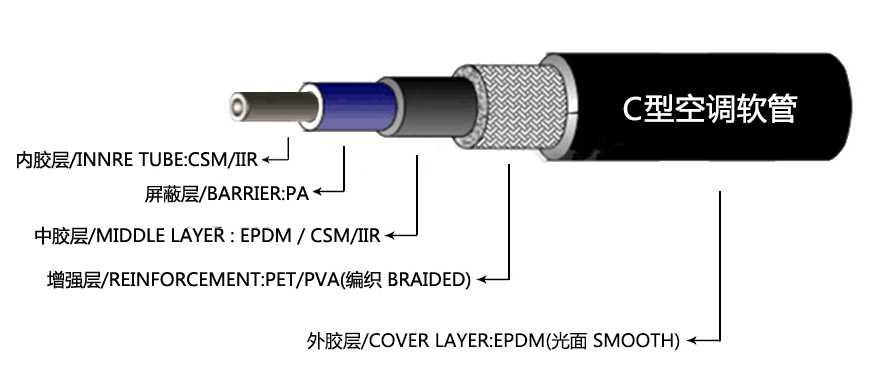Guide to Replacing Power Steering Hose on Nissan Vehicles for Improved Performance and Reliability
Nissan Power Steering Hose Replacement A Comprehensive Guide
Power steering is a crucial component of modern vehicles, providing the driver with increased maneuverability and control. However, because of the constant pressure and the need for fluid flow, power steering hoses can wear out and eventually require replacement. If you own a Nissan and are facing issues with your power steering system, it’s important to understand when and how to replace the power steering hose.
When to Replace the Power Steering Hose
Generally, there are a few signs indicating that your power steering hose may need replacement. Common symptoms include
1. Leaking Fluid If you notice a reddish-brown puddle under your car, it could be power steering fluid leaking from a worn or damaged hose. This is one of the most obvious signs that something is wrong.
2. Difficulty Steering If you find it hard to turn the steering wheel, especially at low speeds, it could be due to a failing power steering system. A compromised hose may restrict fluid flow, leading to increased effort in steering.
3. Whining Noises A whining or groaning noise when you turn the steering wheel may indicate low fluid levels, often a result of leaks in the hose.
4. Warning Light Some newer Nissan models are equipped with sensors that detect power steering issues and display warning lights on the dashboard. If you see this light, it’s a sign to check your hoses and entire power steering system.
Tools and Materials Needed
To replace the power steering hose on your Nissan, you’ll need several tools and materials
- A new power steering hose (ensure it’s compatible with your Nissan model) - A wrench set and screwdrivers - Fluid catch pan - Power steering fluid - Shop towels - Safety glasses and gloves - Jack and jack stands (if necessary)
nissan power steering hose replacement

Step-by-Step Replacement Process
1. Preparation Begin by ensuring your vehicle is parked on a flat surface, and turn off the ignition. If using a jack, safely lift the front of the car and secure it with jack stands.
2. Locate the Hose Open the hood and locate the power steering hose. The return hose typically runs from the power steering pump to the steering gear, while the pressure hose runs from the pump to the steering rack.
3. Drain Fluid Place a fluid catch pan under the steering gear and carefully disconnect the hose. Use a wrench to loosen hose clamps, allowing the existing fluid to drain into the pan.
4. Remove the Damaged Hose Once the fluid has drained, remove the old hose by loosening any remaining clamps and carefully pulling it from its connections.
5. Install the New Hose Take your new power steering hose and connect it to the same locations as the old hose. Be sure to tighten any clamps securely but avoid over-tightening, which can lead to damage.
6. Refill Power Steering Fluid After the new hose is securely in place, refill the power steering fluid reservoir with the appropriate type of fluid for your Nissan model. Consult your owner’s manual for the specifics.
7. Check for Leaks and Test Drive Start the engine and turn the steering wheel from side to side to circulate the fluid through the system. Check for any leaks around the new hose connections. If everything looks good, take your Nissan for a short test drive, making sure the steering feels smooth and responsive.
Final Thoughts
Replacing the power steering hose in your Nissan is a crucial maintenance task that can significantly improve your vehicle's handling performance. Although it can be a straightforward job for those comfortable with DIY repairs, never hesitate to consult a professional mechanic if you are unsure. Proper care and timely replacement of worn parts can extend the life of your vehicle and ensure safe and enjoyable driving experiences.
-
Ultimate Spiral Protection for Hoses & CablesNewsJun.26,2025
-
The Ultimate Quick-Connect Solutions for Every NeedNewsJun.26,2025
-
SAE J1401 Brake Hose: Reliable Choice for Safe BrakingNewsJun.26,2025
-
Reliable J2064 A/C Hoses for Real-World Cooling NeedsNewsJun.26,2025
-
Heavy-Duty Sewer Jetting Hoses Built to LastNewsJun.26,2025
-
Fix Power Steering Tube Leaks Fast – Durable & Affordable SolutionNewsJun.26,2025

